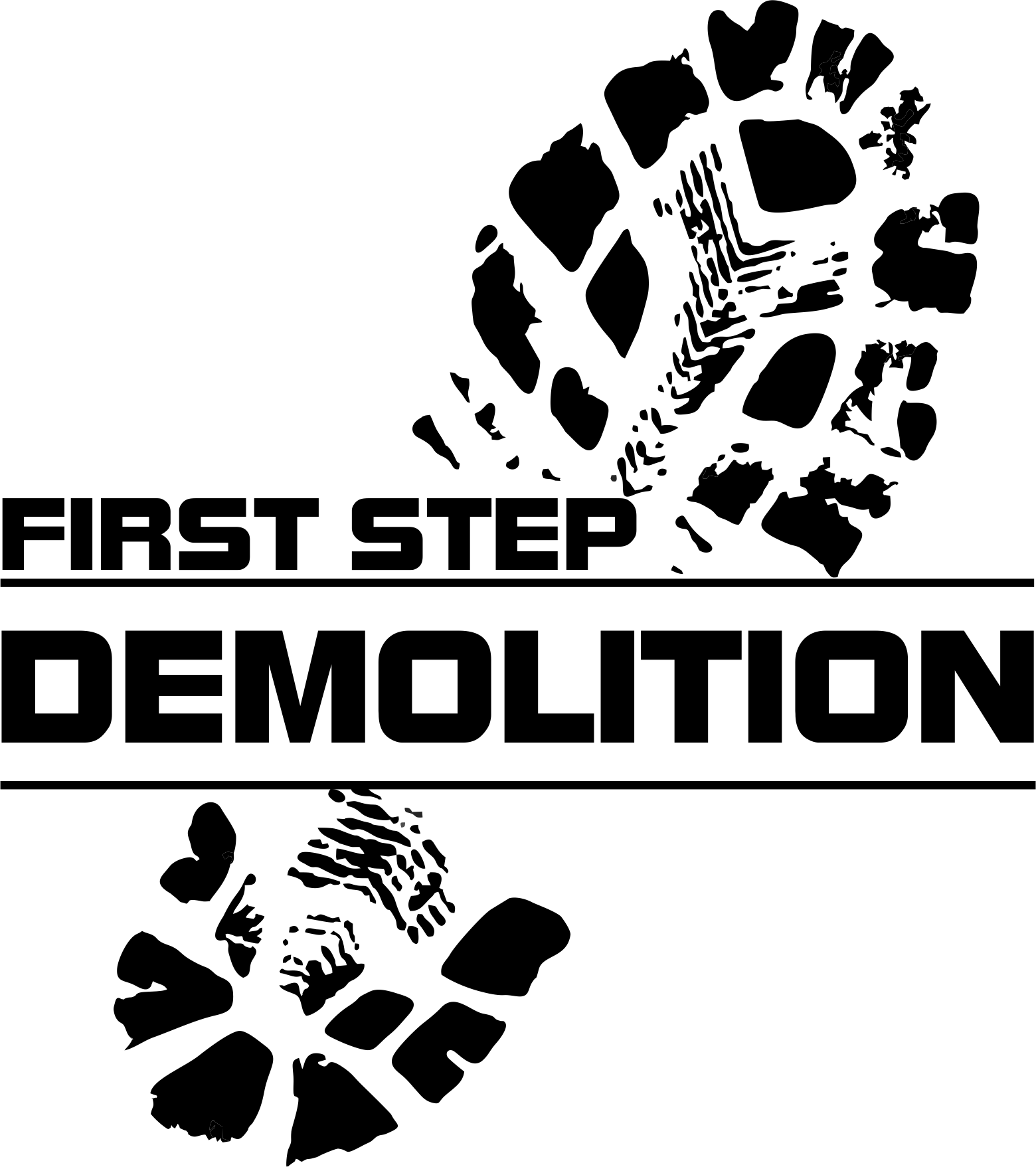Coloring Techniques for Decorative Concrete
As someone who is into the concrete business, I should say that decorative concrete is one of the most enjoyable tasks to take on. It’s just exciting to see the outcome of the design you have in mind. Decorative concrete is not just a practical building material; it's a canvas for creativity. With a range of coloring techniques at your disposal, you can transform a plain concrete slab into a vibrant, eye-catching surface. Whether you're a DIY enthusiast, a homeowner looking to spruce up your space, or a professional contractor, understanding these techniques is key to achieving stunning results. That is why in this blog post, we will talk about the four different coloring techniques for decorative concrete and their pros and cons. Now, let's explore the most popular methods of coloring decorative concrete.
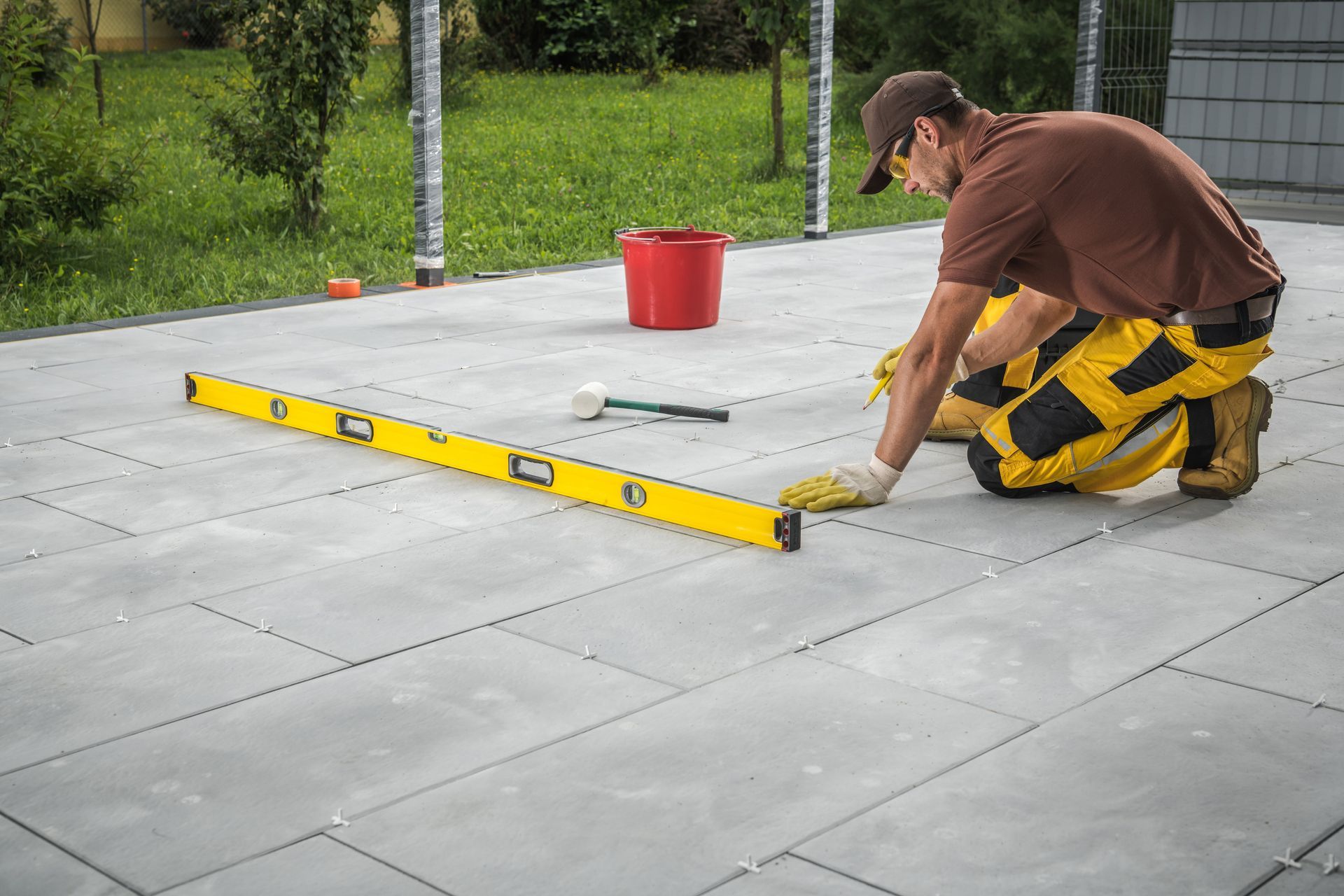
Most Common Coloring Techniques for Decorative Concrete
Before we dive deep into the coloring techniques for decorative concrete, what is decorative concrete, by the way? It is a term used to describe concrete that has been transformed through various processes and techniques to make it more aesthetically pleasing. Unlike standard concrete, which is typically used for its strength and durability in construction, decorative concrete is utilized for its beauty and artistic qualities. Hence, it makes it a popular choice in both residential and commercial settings. Below are the four most common coloring techniques for decorative concrete:
4 Different Coloring Techniques for Decorative Concrete and Their Pros and Cons
Integral Coloring
First on the list is integral coloring. Integral coloring involves adding colorant to the concrete mix before it's poured. Pigments, usually in powder or liquid form, are mixed into the wet concrete, ensuring that the color runs throughout the entire thickness of the slab. This method is ideal for large areas where a consistent color is desired. The main advantage of integral coloring is its long-lasting nature; since the color permeates the entire depth of the concrete, it's less likely to fade or wear away.
Pros of Integral Coloring
- Uniform color throughout the concrete
- Long-lasting; less prone to fading
- Suitable for large projects
Cons of Integral Coloring
- Limited to the initial pouring phase
- Difficult to change or adjust color once set
Acid Staining
Acid staining is a technique that reacts chemically with the concrete, creating unique, variegated effects. This method involves applying a solution of water, acid, and inorganic salts to the surface, which reacts with the lime content in the concrete. The result is a translucent, marbled color that's unique to each application. Acid stains are perfect for adding character and depth to concrete surfaces.
Pros of Acid Staining
- Creates unique, variegated effects
- Offers a translucent, natural look
- Durable and long-lasting
Cons of Acid Staining
- Limited color selection (mostly earth tones)
- Requires neutralization and cleaning post-application
- Not predictable; results vary based on concrete composition
Concrete Dyes
Concrete dyes are a more recent innovation in the world of concrete coloring. These dyes are non-reactive and impart color by penetrating the concrete surface. Available in a wider range of colors than acid stains, dyes are ideal for vibrant, bold hues. They can be applied using a sprayer, brush, or roller and are suitable for detailed patterns and designs.
Pros of Concrete Dyes
- Wide color palette, including bright and vivid colors
- Fast application and drying time
- Suitable for intricate patterns and designs
Cons of Concrete Dyes
- May fade if exposed to prolonged sunlight
- Penetrates only the surface, may wear off in high traffic areas
Color Hardener
The very last one we have on the list is color hardener. Color hardener is applied to the surface of freshly poured concrete. It's a dry shake powder that, when sprinkled and troweled into the top layer, imparts a rich color. This method not only colors the concrete but also improves its strength and density. Color hardeners are excellent for outdoor applications like driveways and patios where durability is crucial.
Pros of Color Hardener
- Enhances surface strength and durability
- Offers vibrant, consistent color
- Resistant to abrasion and weathering
Cons of Color Hardener
- Application can be labor-intensive
- Limited to the surface layer; chips or cracks may expose underlying concrete
- Primarily used in exterior applications
Conclusion
So, those are the four most common techniques in decorative concrete. As someone who is in the concrete business, which one do you like? Well, when choosing a coloring method for decorative concrete, consider the project's scale, desired durability, and the specific aesthetic you aim to achieve. Each technique has its unique advantages and limitations, so understanding these will help you make an informed decision. Remember, the beauty of decorative concrete lies in its versatility and ability to bring your creative visions to life.
Decorative concrete is favored for its versatility, durability, and ability to replicate more expensive materials at a lower cost. It's widely used in patios, driveways, floors, walkways, pool decks, and even walls, providing both functional and aesthetic benefits. So if you are in the process of transforming your patio, garage, etc., we hope this post will help you decide on which technique to use.
First Step Demolition
Are you considering
concrete demolition before undergoing a decorative concrete project? Well, First Step Demolition is always at your service! Let us handle that boring dilapidated concrete in your place so you can replace it with something more appealing. Feel free to transform your space with vibrant colors with fresh concrete. At First Step Demolition, we believe that your concrete surfaces should reflect your unique style and personality. That's why we offer specialized services in concrete demolition to help you bring your decorative concrete to life.
Are you ready to add a splash of color to your driveway, patio, or indoor flooring? We hope that this blog post helps you choose the perfect coloring technique that suits your space and style. If you are unsure which design best suits you, do not hesitate to call the experts near you.
So what are you waiting for?
Contact First Step Demolition today to schedule a consultation and take the first step towards a more colorful and vibrant home or business space. Remember, with First Step Demolition, your next project isn't just a renovation; it's a transformation!
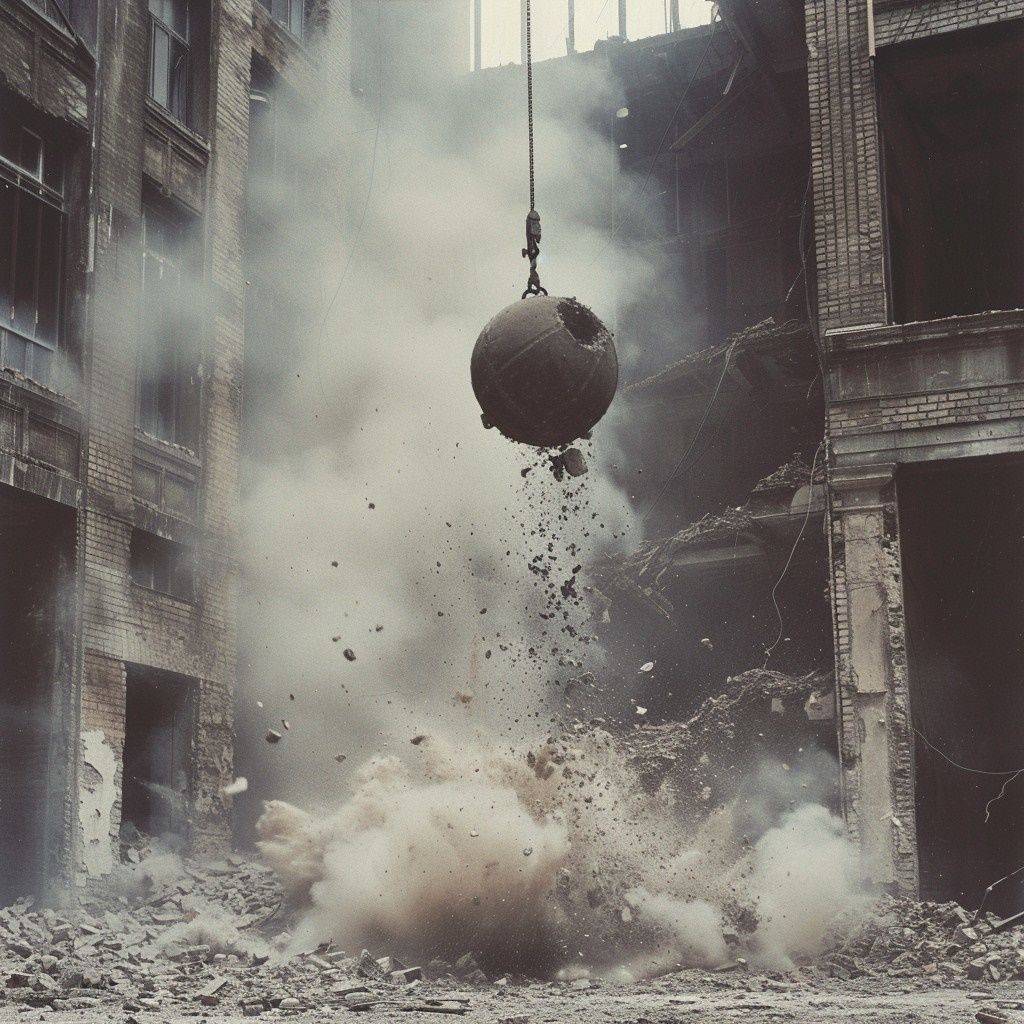
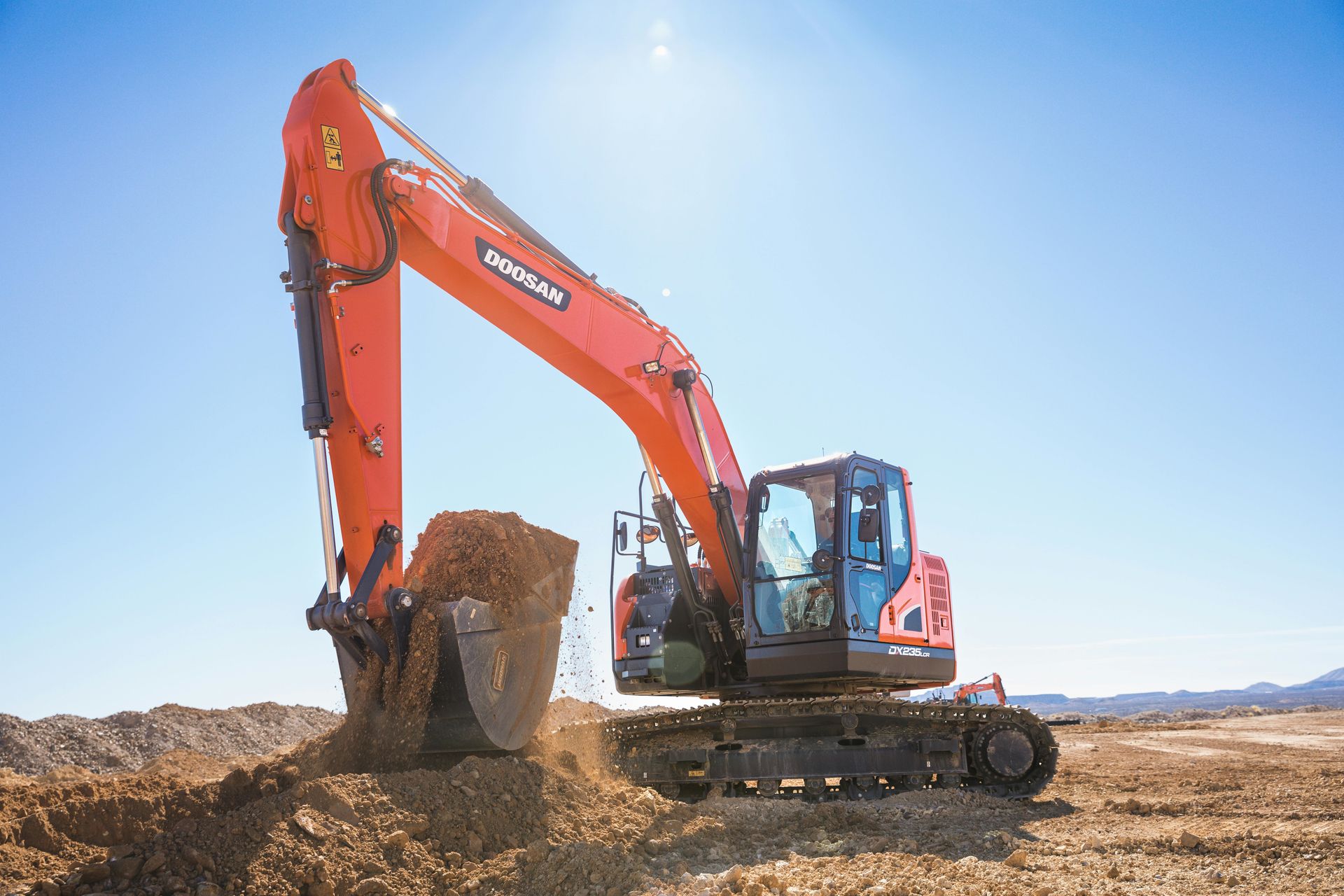
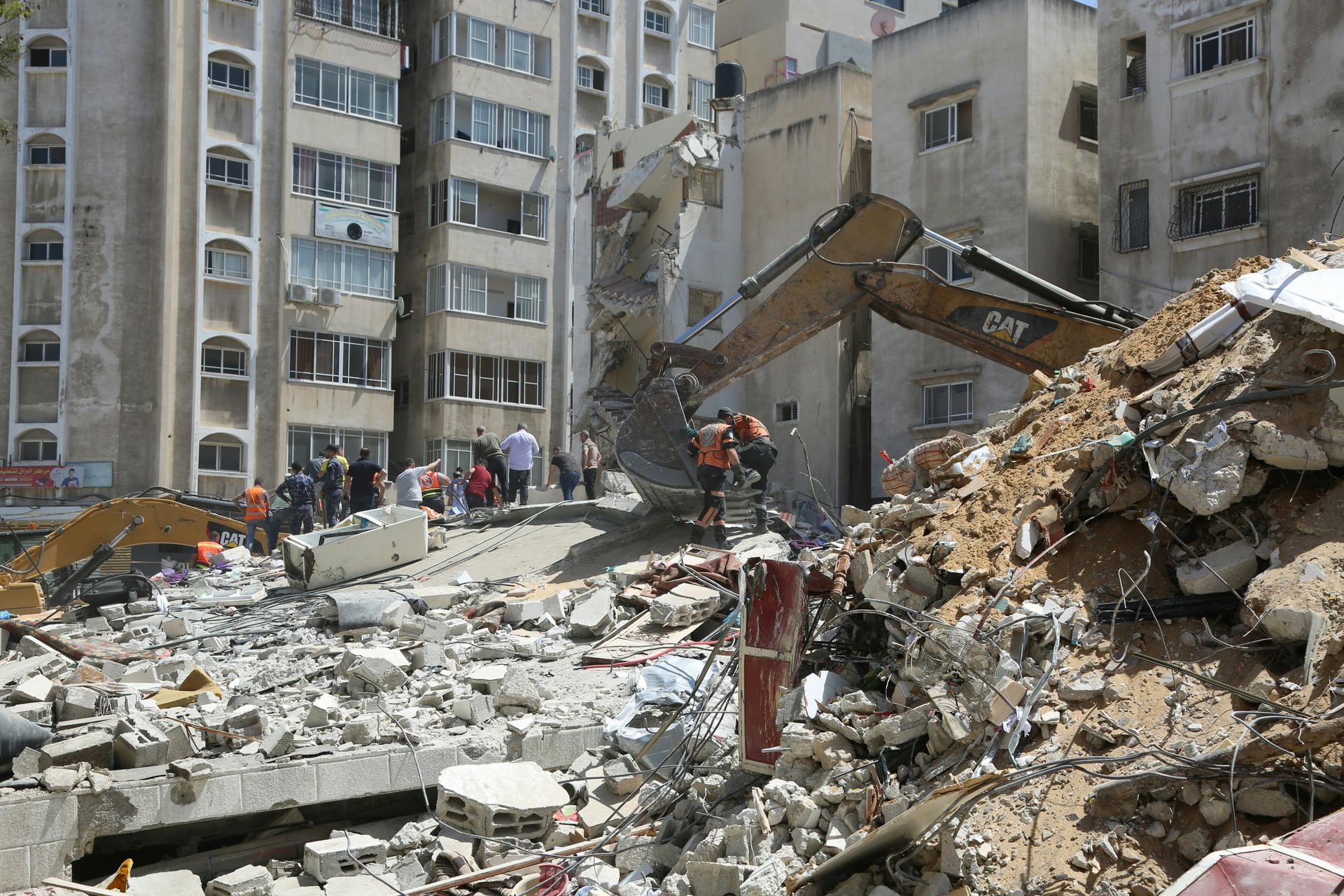
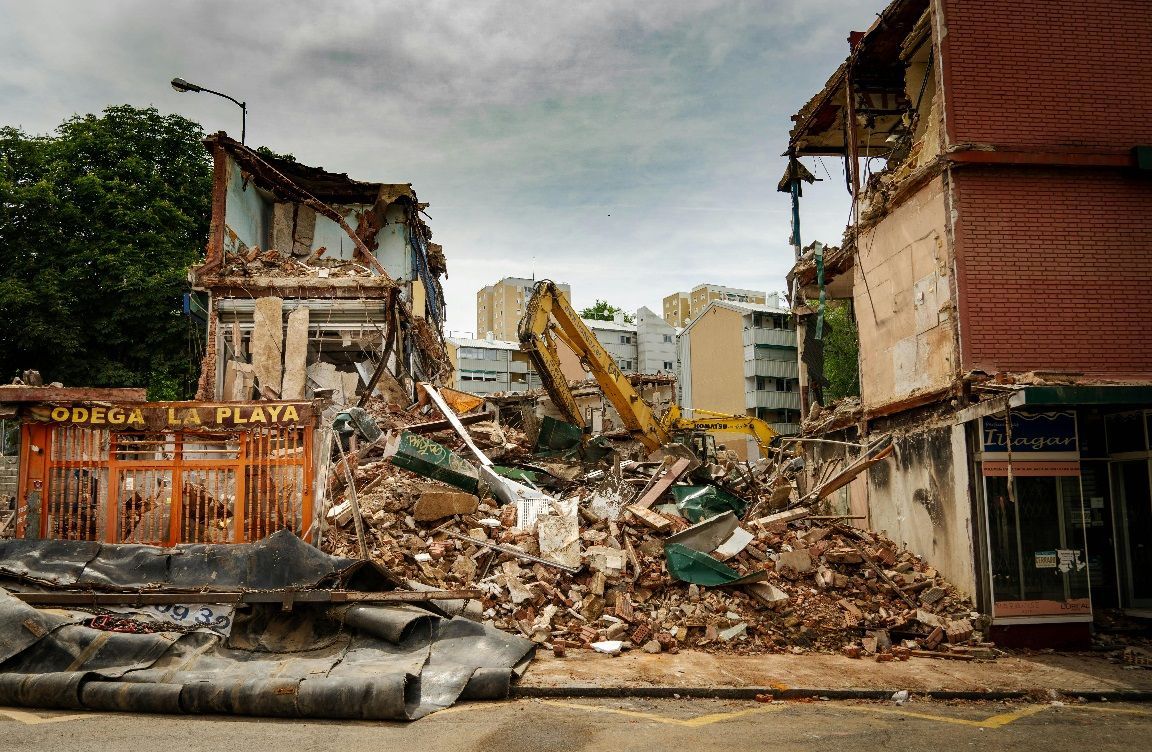
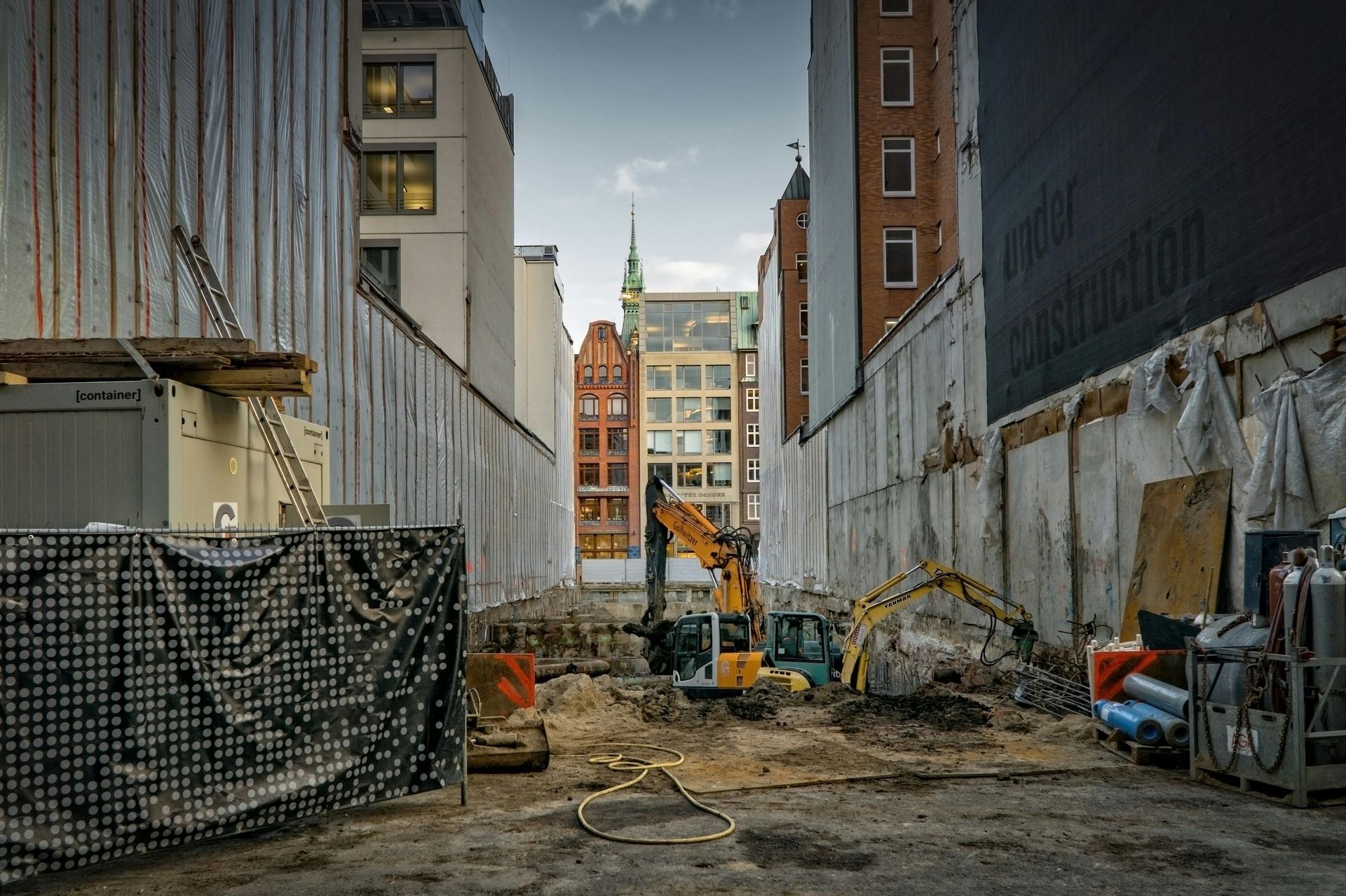
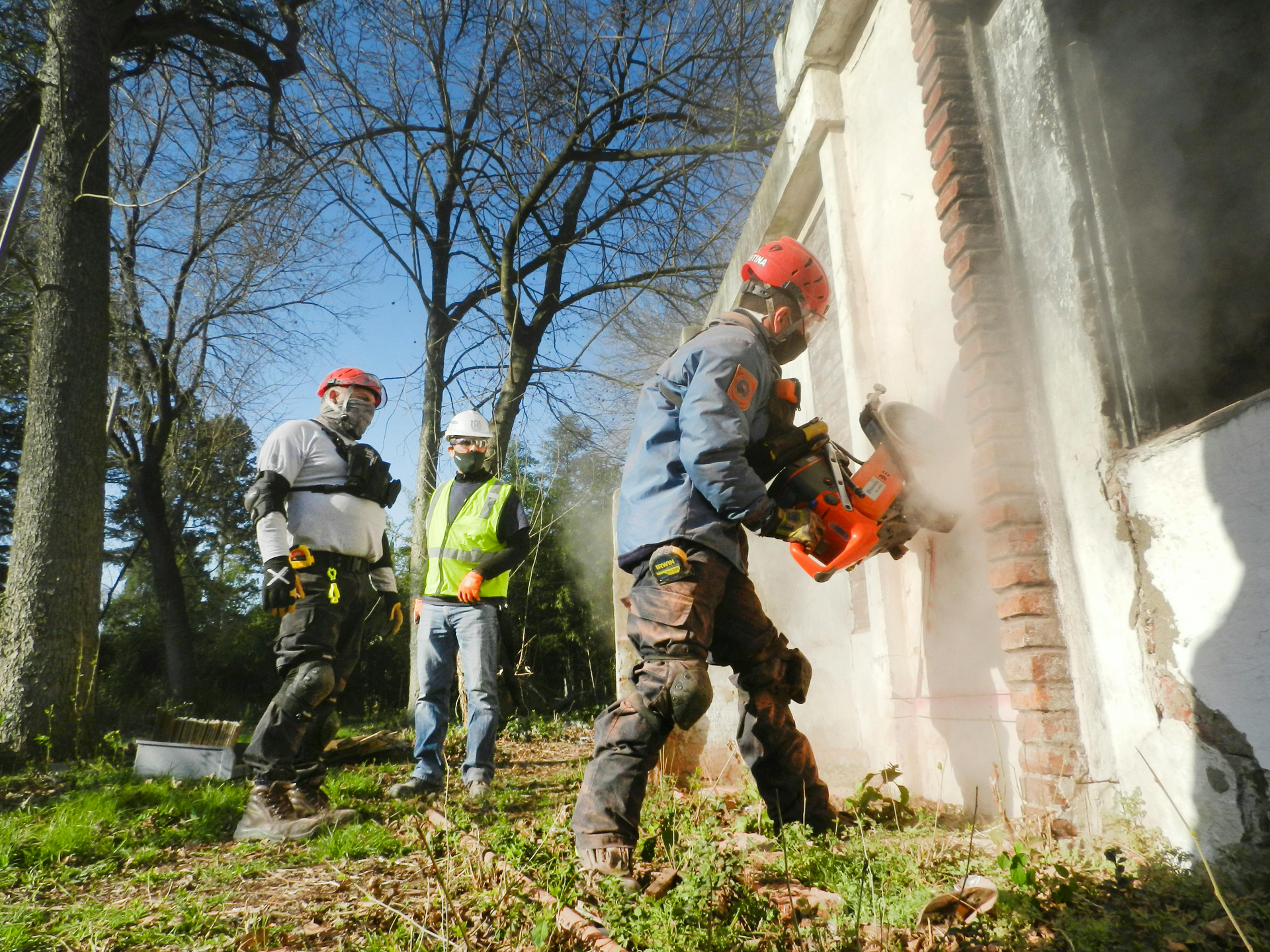


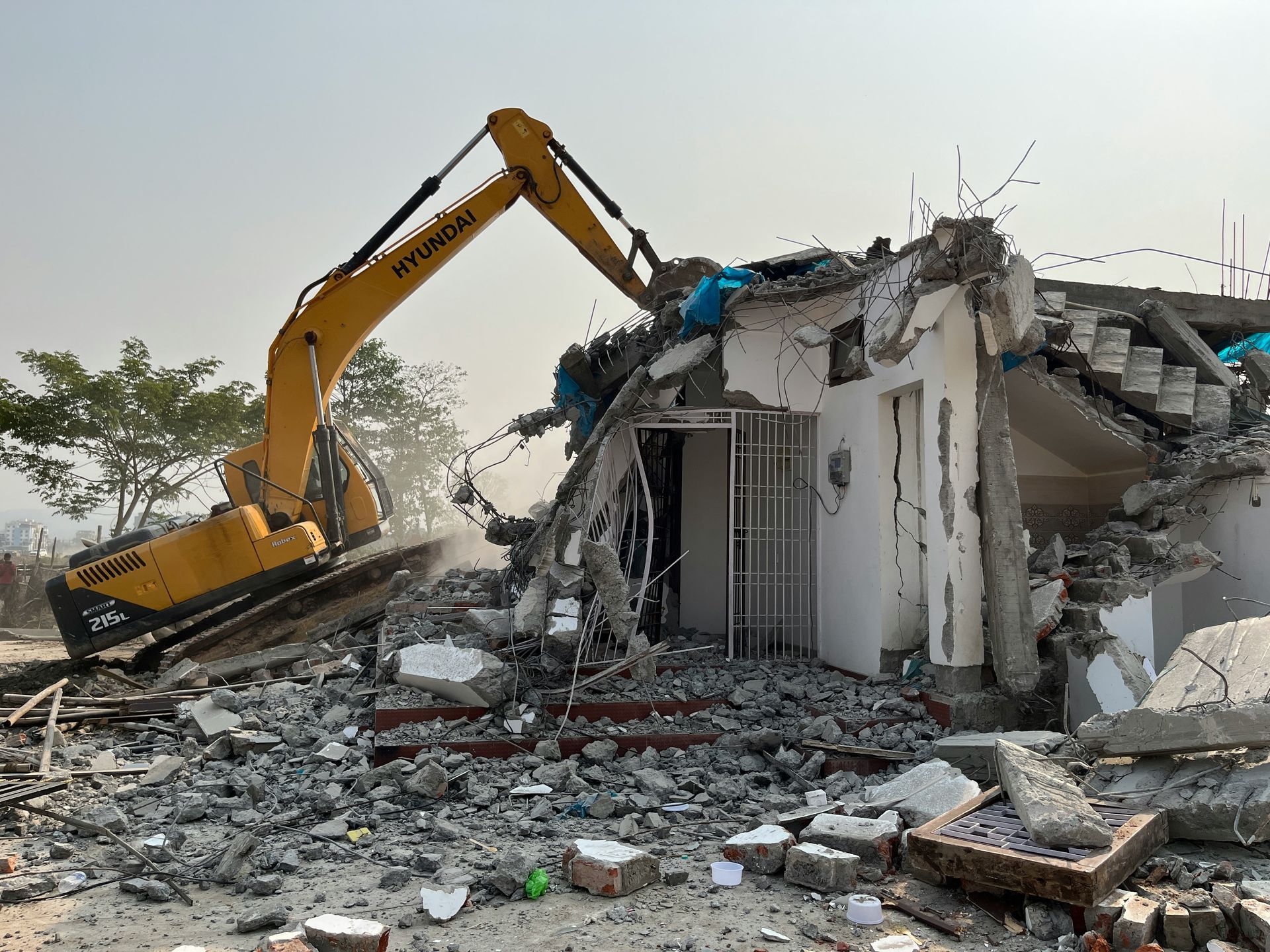
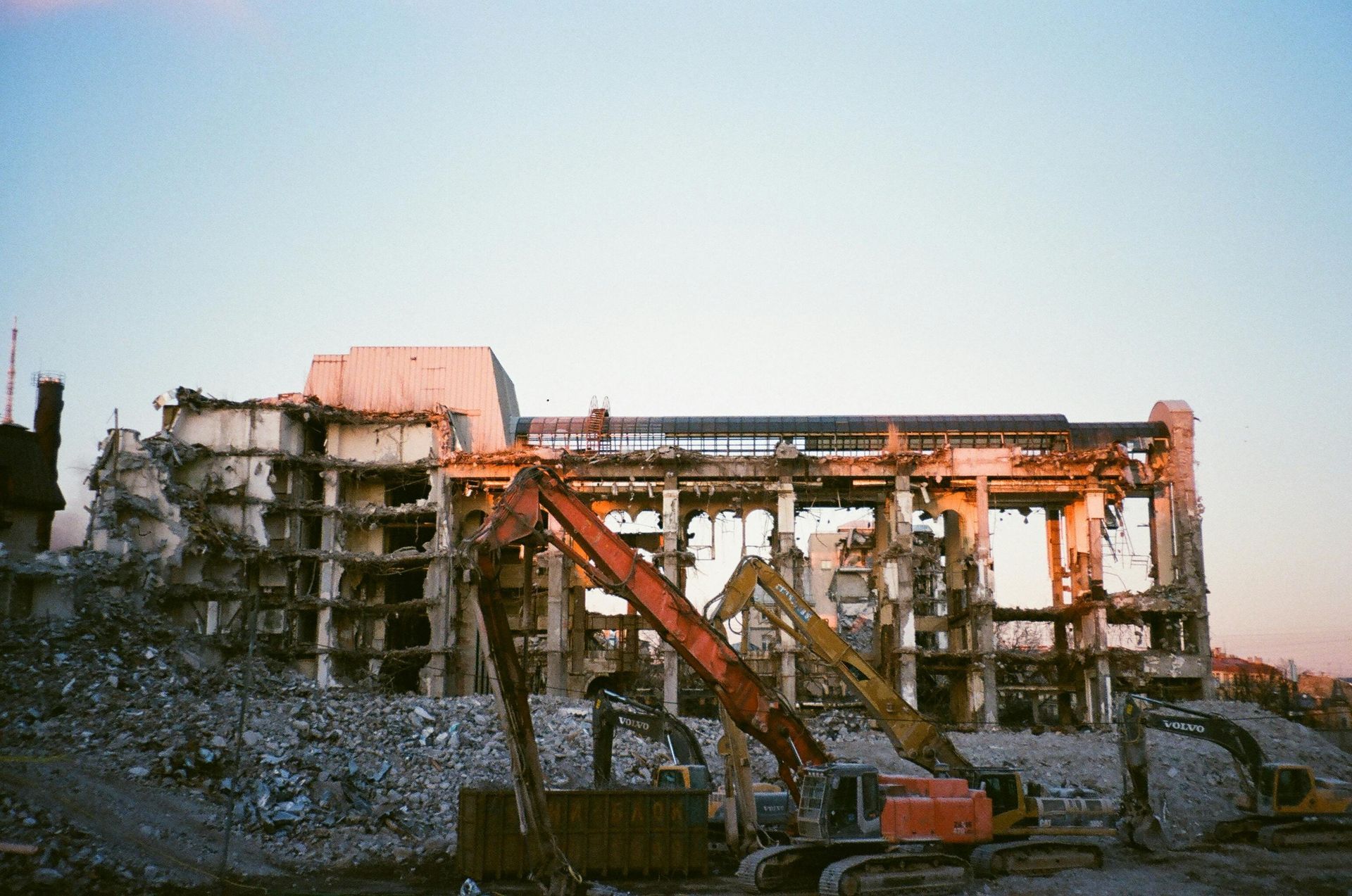
FIRST STEP DEMOLITION PROVIDES COMMERCIAL AND RESIDENTIAL DEMOLITION AND SITE PREP SERVICES TO CUSTOMERS THROUGHOUT ARIZONA.
OUR WEBSITE
OUR COMPANY HAS HIGH SAFETY STANDARDS AND COMPLIES WITH ALL OSHA REQUIREMENTS
Website Designed by: Kickass Websites
